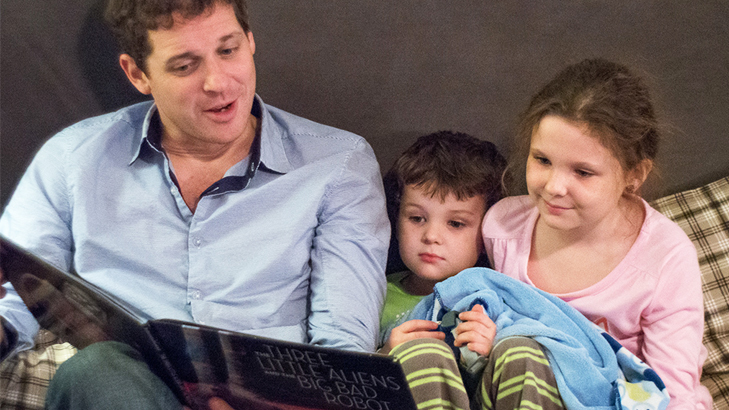Yesterday was Pink Shirt Day. This day was started after some grade nine students came together to support a peer who was being bullied for wearing a pink shirt. The first step to stop bullying is to recognize it.
“When someone says or does something unintentionally hurtful and they only do it once, that is not nice.”
“When someone says or does something intentionally hurtful and they do it once, that is mean.”
“When someone says or does something intentionally hurtful and they keep doing it, over a period of time, even when you tell them to stop or show them that you are upset, that is bullying.”
Children who are most often targeted by bullies are those who are already shy or timid. Other targets are children who are perceived as different. Unfortunately, even though children agree that bullying is wrong, they experience a bond when they gang up against someone. Bullying that occurs without an audience is rare.
If your child is not telling you anything is wrong, you will likely see signs in their behaviour. Signs your child is being bullied:
- He/She doesn’t want to go to school
- He/She doesn’t want to play with children they used to play with
- He/She complains of headaches or stomach aches
- He/She shows a tendency to isolate him/herself, seeming sad
- He/She experiences sleep disturbance, such as not sleeping or nightmares
What to do:
-
Help your child know how to respond to a bully
- Do not retaliate – this only fuels the bully and increases the risk of being targeted again.
- Crack a joke (if possible)
- Get your child to get support from others, such as friends and teachers. A bully is less likely to continue to target a child if there are others who will stand up for them.
-
Ask the teacher for help
- Teachers can monitor during recess and lunch time and increase supervision of the bully and your child.
- Some schools have programs already to spread the anti-bullying message and teach children who to manage emotions and feel empathy for others.
- Identify one person at school that your child feels safe with and can go to for support and help.
-
Support your child to make one good friend (at least)
- Your child will be an easier target if they are alone. Encourage them to invite a peer they are interested in over for a play date, etc. to encourage a friendship.
- Participation in extra-curricular activities can provide an opportunity to meet peers with similar interests and cultivate friendships.
-
Do not speak to the bully’s parents or schedule a meeting with the bully
- Discussions can get heated or awkward and are then not productive.
- Judge the situation by your relationship with the bully’s parents. If they are people you know well, you can decide if it is a topic you can broach with them in a calm, problem-solving manner.
Above all, be a good listener and provide messages of unconditional love for your child. Bullying can result in emotional harm and consequences of low self-esteem, anxiety, depression and loneliness, and is not to be taken lightly. Your child needs to know you are always there for them and that you do not judge them.
Additional resources:
www.pinkshirtday.ca
www.thebullyproject.com
www.stompoutbullying.org
Barbara Coloroso, Bully, the Bullied, and the Not-So-Innocent Bystander: From Preschool to High School and Beyond: Breaking the Cycle of Violence and Creating More Deeply Caring Communities
- Hall and M. Cook, The Power of Validation: Arming your child against bullying…







